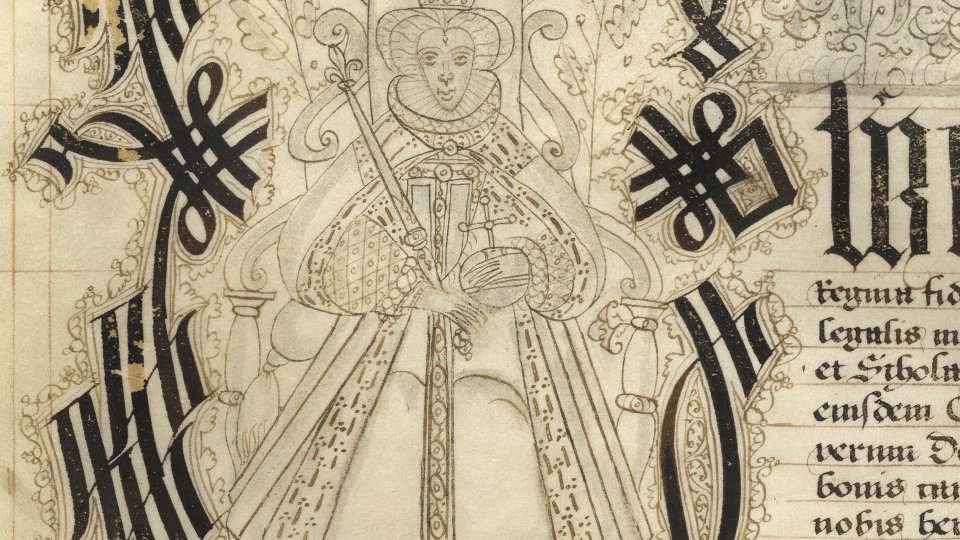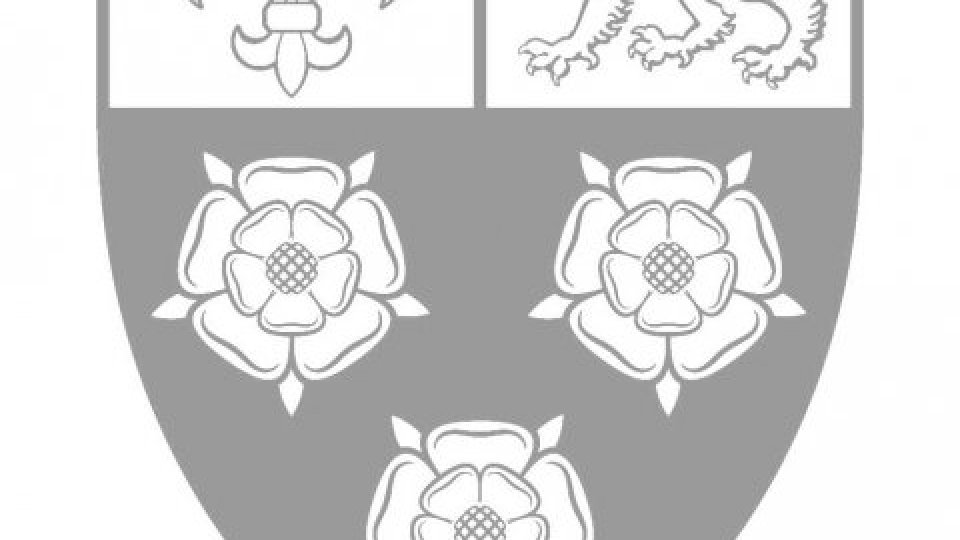![Saltmarsh study. [The Still-Image Company - Keith Hepel] Saltmarsh study. [The Still-Image Company - Keith Hepel]](https://www.kings.cam.ac.uk/sites/default/files/styles/medium/public/page-images/saltmarsh_study.jpg)
If you’ve ever wondered why certain rooms in King’s College have their names and what kind of distinction might have made certain people significant enough to the College to have rooms named after them, read on.
Some of the material shown here will have appeared elsewhere on the College website but this page is intended as a quick guide, focussed primarily on people’s roles in the College and why they have been commemorated, with links for those wishing to read broader biographical details. A few modern images have been included to illustrate more clearly which rooms are being discussed.
Having been at Eton, Ronald Edmond Balfour came up to King’s College in 1922. He was elected a Fellow in 1928 and Lecturer in History in 1930. Known for being exceptionally well-read, his primary intellectual interest was Church History, specifically religious and ecclesiastical affairs in modern France. This led to him entering the French section of the Ministry of Information, but he held various positions over the course of the War. He interviewed recruits in Winchester and York. Most notably, he worked in the Monuments, Fine Arts and Archives section of the Supreme Headquarters Allied Expeditionary Force (S.H.A.E.F.), as one of the ‘Monuments Men’ in Northern France, Belgium, Holland and Germany. He died in a shell-burst while rescuing altarpieces from a church in Cleves on 10 March 1945, leaving a vast collection of books to the University Library and King’s. Had he survived, it has been suggested that he would probably have become Senior Tutor.
Balfour left his mark at King’s in various ways. Considering his scholarly interests, it seems appropriate that a room in the Library is named after him. His family gave the College a fireplace surround which is now in the Saltmarsh rooms. Perhaps his most visible if less well-known mark on the College is his responsibility for the arcade under the King’s Library, an improvement for which he campaigned in the 1920s when the College was considering replacing most of the Wilkins Building with something modern.
Donald Howard Beves, who had studied at Rugby, came up to King’s College in April 1919. He received his B.A. in 1921, having studied Classics (pt. 1 of the Tripos) and Modern and Medieval Language (pt. 2 of the Tripos), focussing on French and Spanish. This might seem to follow convention but it certainly didn’t, for Beves arrived at King’s as an ex-serviceman…
Upon leaving Rugby having earned his Classical Scholarship at King’s, he had joined the Eighth Battalion of the Rifle Brigade. After active service in France, he was appointed instructor of No. 6 Officer Cadet Battalion in 1917, giving him temporary membership of Balliol high table. From 1918 to 1919 he was captain in charge of the drill school at the Central School of Instruction, Berkhamstead. This meant that by the time he joined King’s College he was said to have had a ‘natural authority’ among his fellow undergraduates. When not studying, his favoured activities included rugby and drama.
After graduating, he became a Clerk in the House of Commons. He still found the time to write a thesis on The Holy Grail in Early French Poetry, which won him his Fellowship at King’s and saw him returning to the College in September 1924. The following year he became Lay Dean, a role which he was said to have administered with 'good humour'. In 1930 he took on the responsibility of Tutorship. He remained Tutor for sixteen years.
He became a Lecturer in the Modern Languages Faculty in 1926. In the same year, he became College Lecturer in French, after which he became Director of Studies in Modern Languages.
During the Second World War, Beves helped as a Major to run the Senior Training Corps, in acting at the ‘Arts’, in his spare time. He helped Mrs Prior’s concert parties which performed in the black-out to service posts up to 30 miles from Cambridge.
From 1946 to 1951, Beves was Vice-Provost of King’s College. One of his bequests to the College was £5000 to be used at its discretion but preferably to improve amenities for the Fellows. Since 1972 the College has held High Tables after the admission of Fellows, part of the cost of which has been met from Beves’ legacy. Originally these were for the Provost and Fellows only, but from 1982 the husbands and wives of new Fellows were invited as well.
Beves died suddenly of a heart attack in his rooms in College on 6 July 1961, aged 65. In his College Memoir, written by Patrick Wilkinson, Beves has been described as ‘unobtrusively public-spirited’ and ‘one of the best loved Kingsmen of the Century’.
While comparisons with John Saltmarsh seem unlikely, both he and Beves are former Vice-Provosts whose influence on the College has been recognised in the naming of function/fine dining rooms. While Saltmarsh was perhaps a quieter character, it is fitting that the Beves Room is often used for wine-tastings and College entertainment.
Striking features of the Beves Room, as it is now, include its large windows overlooking Webb’s Court and the recently added wooden panelling.
Walter Chetwynd, a former Eton scholar, from Baswick in Staffordshire, was admitted in 1726 and became a Fellow in due course, as was standard under the old statutes. He became a Captain in a Staffordshire regiment in 1745. He spent many years living in Molesey, Surrey, where he died in 1786.
He bequeathed to the College two thousand pounds Bank Stock, to be ‘applied solely to carry on that additional Building which hath for so long a time been intended but not executed’. This money was used to fund the Wilkins building in the 1820s, with the surplus being put towards Sir Giles Gilbert Scott’s building (J stair with its stunning circular staircase) in 1874.
The Chetwynd Room can be found between the J.C.R. (or ‘the Bar’), and the Keynes lecture theatre, overlooking Chetwynd Court. It is used for meetings and functions.
Many Kingsmen will associate Chetwynd with the Court created by Scott's building, through which they had to pass to get to M and N staircases, known as 'the drain' under King's Lane.
While many members of King’s College have left their mark, it is perhaps Keynes’ influence which is most apparent to the casual observer, not least because a whole building including a lecture theatre has been named after him. Also, his rooms in Webbs' building famously included murals by Duncan Grant and Vanessa Bell, which survive today.
John Maynard Keynes was born in Cambridge on 5 June 1883, the son of Florence and Dr. John Neville Keynes, the latter of whom was Fellow of Pembroke College and later University Registrary. He was educated at Eton, and came up to King's College as a scholar in 1902. After he was awarded his undergraduate degree, he entered the Home Civil Service and served for two years at the India Office. In 1909, he was elected a Fellow of King's College. He was lecturer in Economics from 1911 to 1937 and in 1919 he also accepted the position of Second Bursar of the College. In 1924 he began his memorable tenure as First Bursar, changing completely the philosophy by which the college managed its assets, and in 1925, he married Lydia Lopokova, a ballerina in Diaghilev's Ballets Russes.
Outside of the College community, Keynes is well-known for his works such as 'The Economic Consequences of the Peace' (1919), 'A Treatise on Money' (1930) and 'The General Theory of Employment, Interest and Money' (1936).
Keynes died on Easter Sunday, 21 April 1946, after several years of ill-health. He bequeathed to King’s College his collections of artworks (including noteworthy Impressionist and Post-Impressionist works, many of which are now on loan to the Fitzwilliam Museum but some of which are hung in the Saltmarsh Rooms), antiquarian books, and manuscripts by the likes of Newton, as well as leaving sufficient money for the College to build its Keynes building, built in the 1960s. King’s College tended to name its buildings after their architects; however, it broke that tradition in the case of this building.
Edmund Ronald Leach was born on 7 November 1910 at Sidmouth. He attended Marlborough College, and won an Exhibition to Clare College, Cambridge, matriculating in 1929. He studied mathematics for the first year, then engineering, achieving a First in 1932. He went on to have a successful career as a distinguished social anthropologist, whose book ‘Political Systems of Highland Burma: a Study in Kachin Social Structure’ (1954) was hugely influential.
Edmund Leach became a Fellow of King’s College in 1960. Six years later, he succeeded Lord Annan as Provost. He held this position until 1979. This was a period of great change for the College. He admitted students to the College Council for the first time (initially only as observers, as any more radical proposal would not have been approved by the Privy Council). The most notable change during his Provostship was the admission of women undergraduates. He was knighted in 1975.
Leach’s personal papers, as well as College papers reflecting his work as Provost, can be found in the King’s College Archive Centre, so it is fitting that those wishing to consult those papers would have to visit the room named after him, which is more commonly known as ‘the reading room’.
Alan Noel Latimer Munby, known as ‘Tim’ (an abbreviation of ‘Latimer’), was born in Hampstead, London, on Christmas day in 1913. Educated at Clifton College, he came up to King’s College in 1932. He gained second classes in part 1 of both the Classical and English Triposes, obtaining his B.A. in 1935, his M.A. in 1947 and Litt.D. in 1962.
After working as a cataloguer at Bernard Quaritch’s bookshop, serving in the Territorials (Queen Victoria’s Rifles), spending almost the entirety of World War II as a prisoner of war, and then working at Sotheby’s, Munby became the Librarian at King’s College in 1947. The Archive Centre, especially the collections of personal papers, would not be what they are today without his significant efforts in establishing it.
He was made a Fellow in 1948, was Praelector from 1951 until 1960 and he was Domus Bursar during the building of the Keynes Building, which was completed in 1967.
The 1976 Annual Report said:
A room on A stair, named the Munby Room in memory of the late ANL Munby, has been equipped as a common room, intended principally for King’s students who are not resident in College. The room will be available for meetings and seminars, and facilities for the preparation of coffee will be available. It is hoped that the Munby Room will act as a focus for College activities particularly outside Full term.
Munby is one of a few King’s College Librarians whose renown extends throughout the Library and Archive community of Cambridge (alongside the likes of Henry Bradshaw), with rooms named after him in both King’s College (a romo in the library as well as what is now the Art Room in A staircase) and the University Library (Munby reading room) and a one-year Fellowship offered by the University Library.
Most of King’s College’s students, alumni and staff will have heard the name ‘Rylands’ but it is possible that the nature of his influence on the College, as well as on the Arts Theatre and Shakespearean performance, is less widely known, as he lacked the fame of Turing or Keynes, or that which comes with holding certain College offices. This relative lack of renown belies the fact that he was extremely popular and throughout his long period in the College, he had influential friends such as the Bloomsbury group. He was well enough known in his day through BBC broadcasts about poetry and Shakespeare, and in fact he coached many of the 20th century's best known Shakespearean actors, including Derek Jacobi and Ian McKellen, and worked extensively with the Marlowe Society. He directed the Argo recording of the complete Shakespeare canon, with members of the Marlowe Society, in the 1950s.
George Humphrey Wolferstan Rylands, more commonly known as ‘Dadie’ (due to his early mispronunciation of ‘baby’), was educated at Durnford’s Preparatory School, then at Eton, where he was a King’s Scholar and directed the school’s productions of ‘Twelfth Night’ and ‘A Winter’s Tale’. He came up to King’s College in Lent 1921, early, at the insistence of the Provost, J. T. Sheppard, to perform in a production of ‘Oresteia’. He studied for the Classical Tripos in his first year, then transferred to the English course, studying under F. L. Lucas and gaining a first in 1924.
Dadie was elected to the worst-kept-secret debating society called the Apostles on the recommendation of John Maynard Keynes, and through him became friends with members of the Bloomsbury group. He worked for Leonard and Virginia Woolf at the Hogarth Press for a few months while completing his Fellowship thesis, including pasting the labels on one print run of T.S. Eliot's 'The Wasteland'. Noel Annan wrote that Dadie ‘possessed a genius for friendship’, and he loved to entertain in his rooms at King’s.
In 1927, Dadie was elected to a Fellowship at King’s. His dissertation, ‘Words and Poetry’, was published by the Hogarth Press in 1928. He held a number of posts within the College: before the war he was Dean and Steward; from 1939 he was Assistant Bursar (which, because the First Bursar J.M. Keynes was on war duty, made Dadie effectively the only Bursar at King's during the war), Praelector and the only Director of Studies during the war. Between 1935 and 1962 he was a University Lecturer in English Literature, and also held at various times the posts of Assistant Tutor, College Lecturer and Director of Studies in English.
Dadie directed the Marlowe Dramatic Society’s productions between 1929 and the 1960s, acting himself in numerous productions. Over 8 years from 1957 he recorded the complete works of Shakespeare. When Keynes died in 1946, he became the Chairman of the Cambridge Arts Theatre, a post which he retained until 1982. He was also a council member of the Royal College of Dramatic Art and a governor of the Old Vic for many years.
The Rylands suite, painted by his friend Dora Carrington, now houses a guest room and the Accounts office. The room was famously described in Virginia Woolf’s ‘A Room of One’s Own’, although she anonymised the College and did not name her host.
John Saltmarsh grew up in Oakington, five miles northwest of Cambridge. He was educated at Gresham's school, Holt, and won a major scholarship to King's College in 1926, aged 17. He was awarded a first in the Historical Tripos and was elected to a Fellowship at King's two years later, at the age of 22, having submitted a dissertation on the College's estates.
He became a lecturer for King's College and Cambridge University in 1937 and was appointed the College Librarian. At the start of the war Saltmarsh was recruited to work at Bletchley Park.
Soon after his return to the College, Saltmarsh was relieved of his post as Librarian, but was appointed, in turn, the College's first Archivist. He simultaneously began his 23 year tenure as the College's Director of Studies in History. In the years that followed, he was Vice-Provost (1955-61), lectured in economic history for the University, gave numerous public lectures on King's College, its Chapel, Tudor Cambridge and Tudor Cambridgeshire, and published widely on the same subjects.
Like Tim Munby (see above), who had succeeded him as Librarian, Saltmarsh had a significant influence on the King’s College Archive Centre, although Saltmarsh’s attention was more focussed on the muniments, the institutional papers now known as the ‘College Archives’. He had carried out the duties of an ‘Archivist’ unofficially for a number of years before he held the title.
John Saltmarsh retired from College teaching in 1971, and died on 25 September 1974 at the age of 66. His death in 1974 prevented him completing his magnum opus, ‘King’s College Chapel: A History and Commentary’, which was published in its unfinished state, including his marginalia, in 2015.
Saltmarsh is fondly remembered for his tours of the Chapel, so it is fitting that the Saltmarsh suite, now used for functions and fine dining, overlooks the Chapel, from the opposite side of the Front Court.
Alan Mathison Turing was born on 23 June 1912. He was educated at Hazelhurst School, then Sherborne School. He won an Open Scholarship in Mathematics to King's College and matriculated in 1931.
He graduated in 1934 with distinction, and was awarded a Fellowship in 1935. This was followed by two years at Princeton culminating in a Ph.D. In 1936 he completed his paper 'On Computable Numbers', in which was first set out the definition of a programmable computer. Alan returned to King's in 1938. When war broke out he joined the Government Code and Cypher School at Bletchley Park, Buckinghamshire, where he was part of the team deciphering the Enigma machine. He was awarded an OBE in 1946 for his work.
After the War, Alan worked first at the National Computing Laboratory and then at Manchester University on the development of the computer from his first ideas in the early 1930s for a 'Turing machine'. He was elected a Fellow of the Royal Society in 1951. In the early 1950s he was developing a theory of morphogenesis, a mathematical theory of organic growth. The work was left incomplete when he died, on 8 June 1954, at his house in Wilmslow, Cheshire.
Alan Turing left his mark on King’s College in various ways, being one of its most famous alumni. In the most tangible and perhaps fitting of senses, he has been commemorated in the naming of a computer room in the Gibbs building, and more recently, the addition of a blue plaque on the exterior of the College.
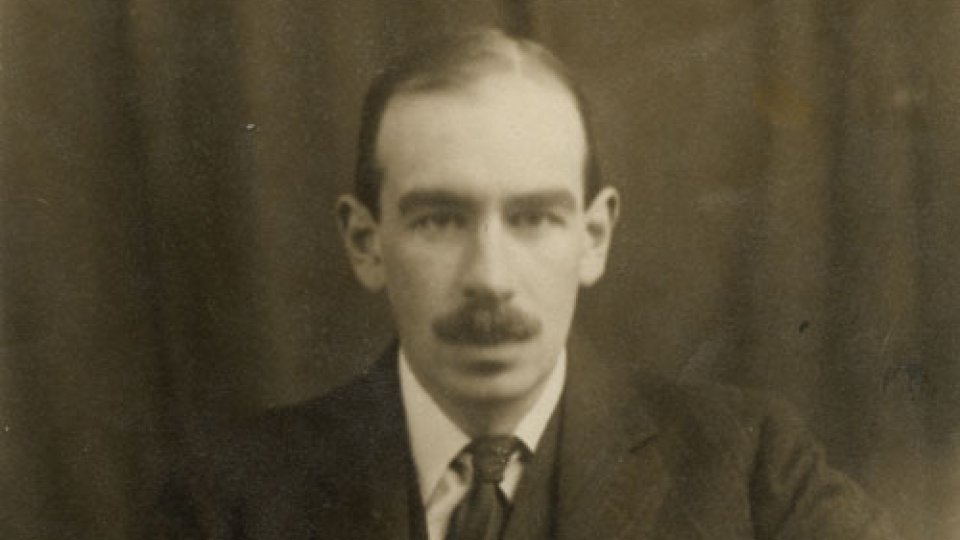
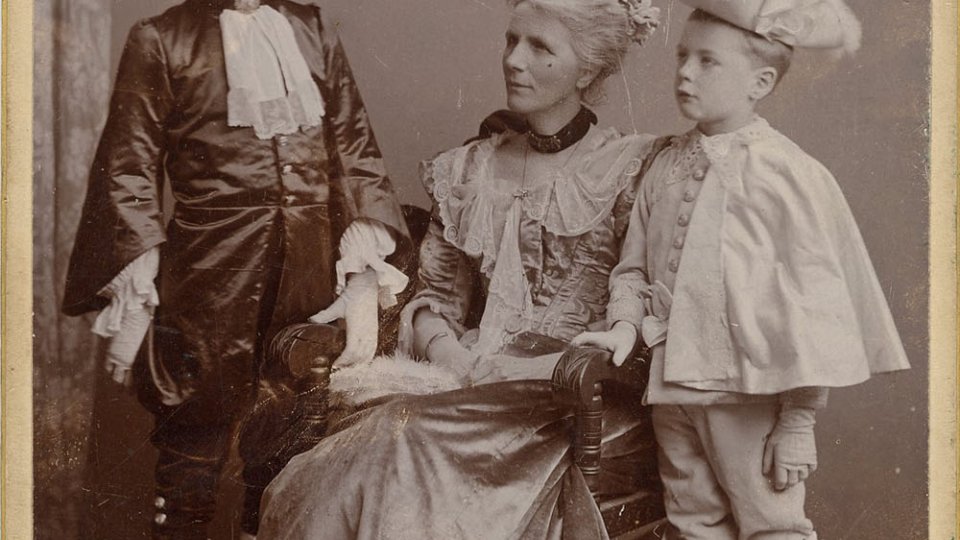
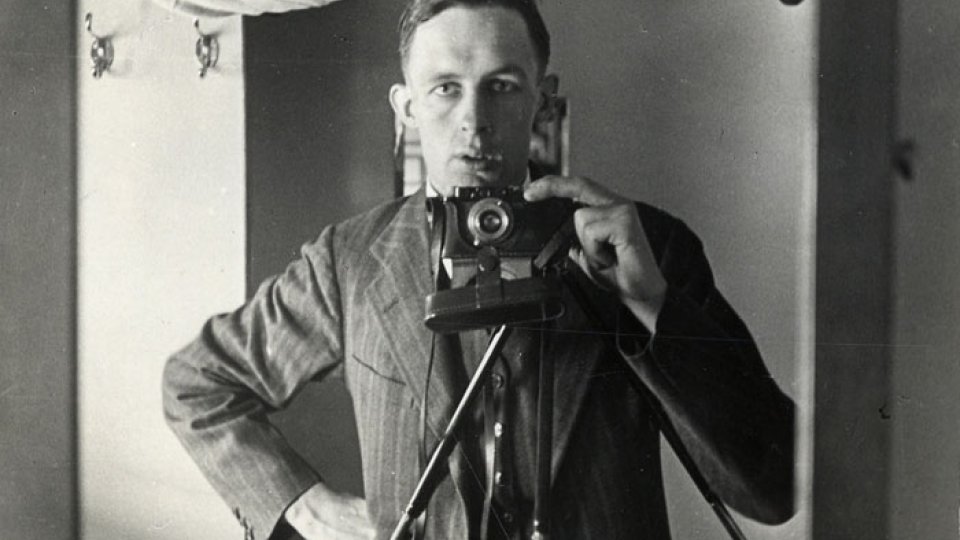
![The messengers pouring out of Senate House, 1897. [MRJ/F/1] The messengers pouring out of Senate House, 1897. [MRJ/F/1]](https://www.kings.cam.ac.uk/sites/default/files/styles/landscape_thumbnail/public/page-images/thumbnails/mrj-f-1-v2.jpg)
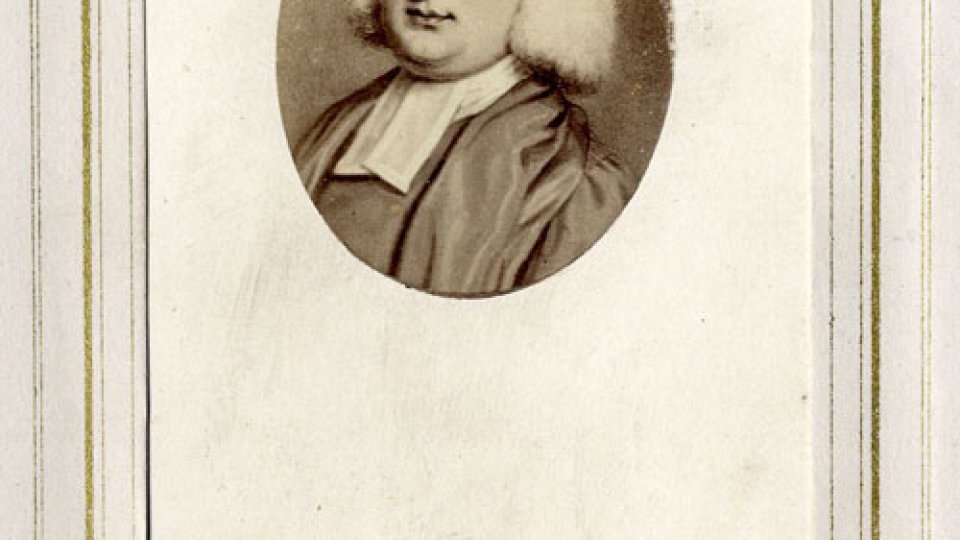
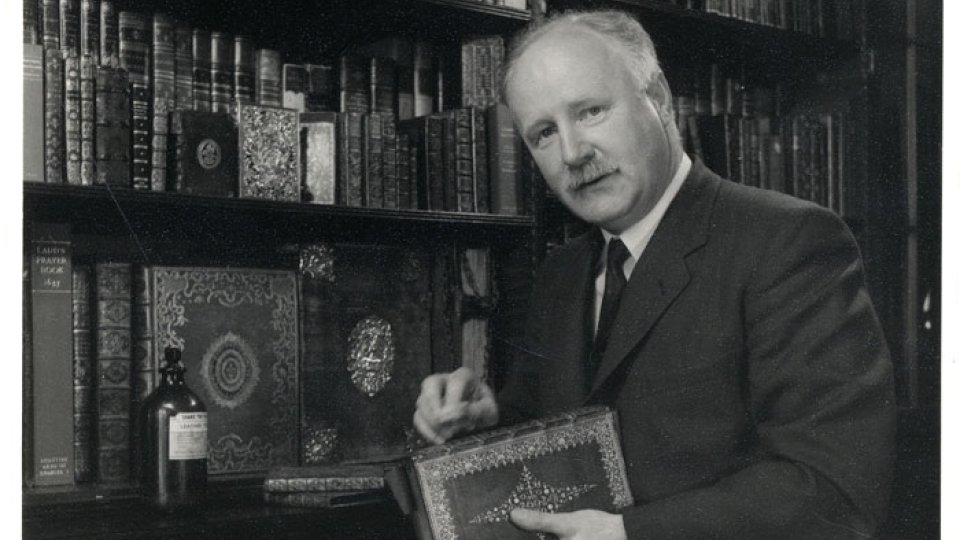
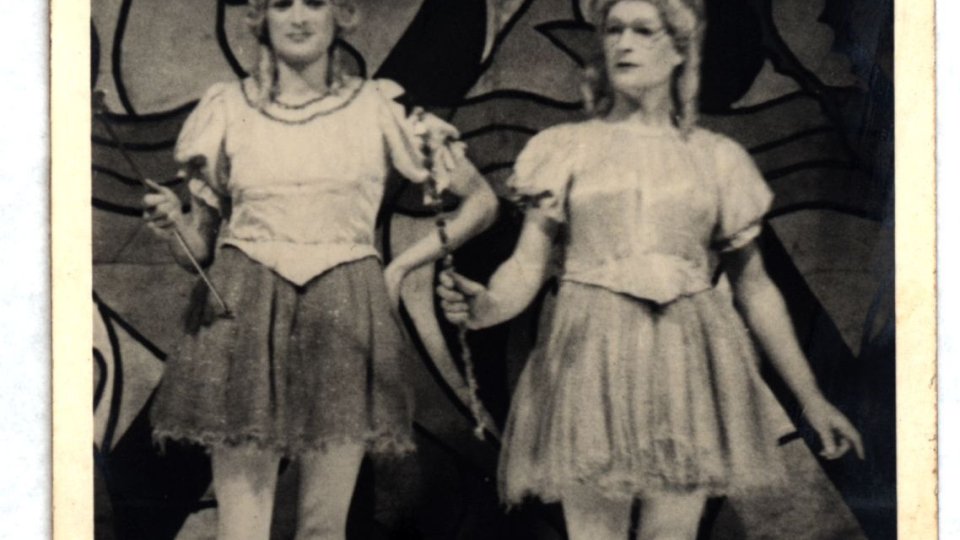
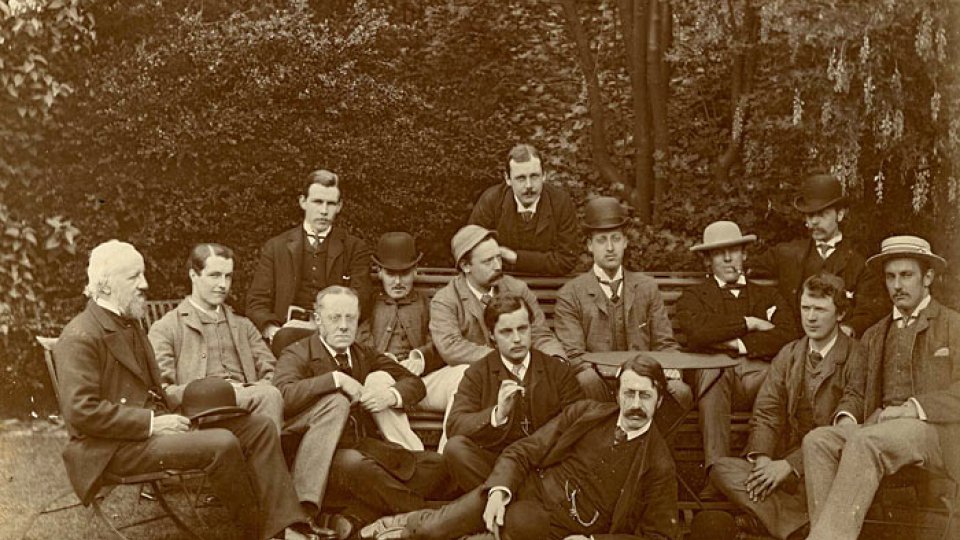
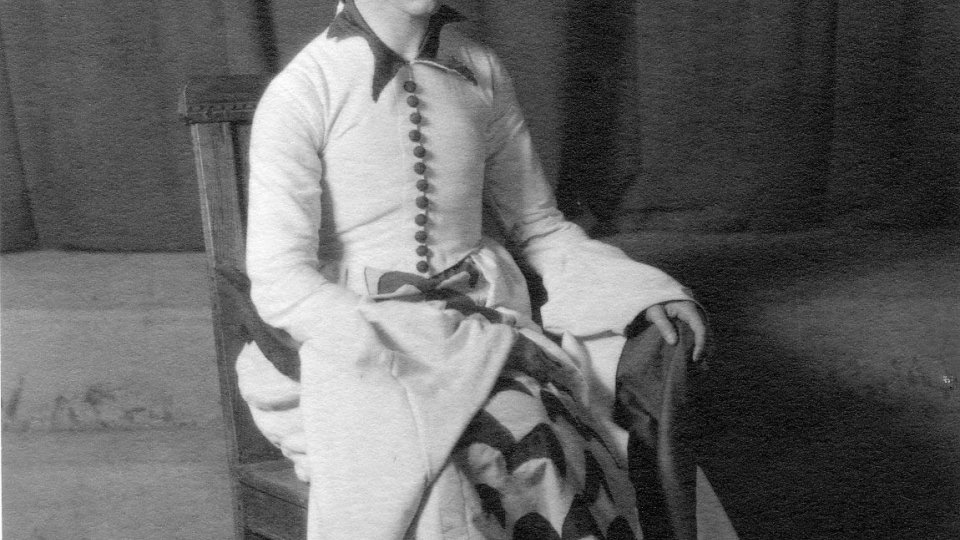
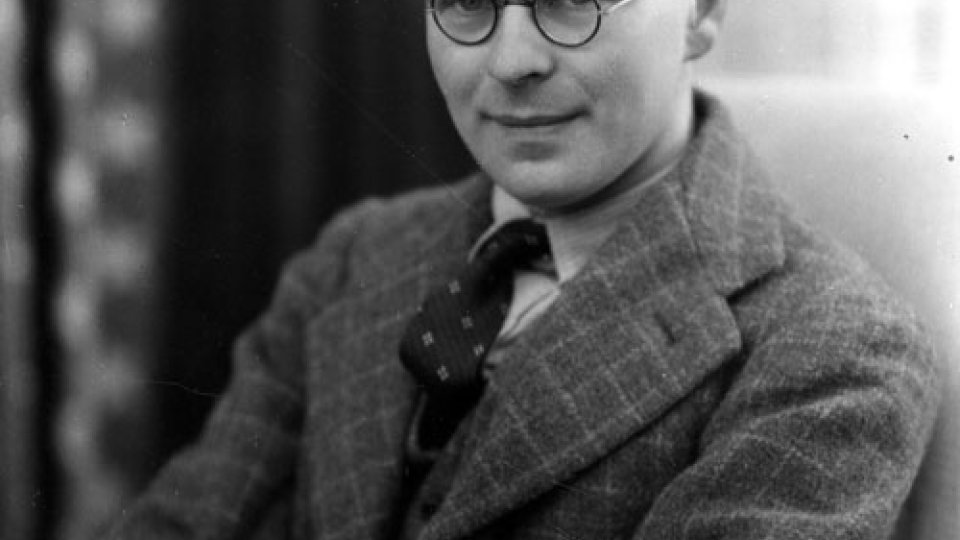
![Alan Mathison Turing passport-style photograph [AMT/K/7/11] Alan Mathison Turing passport-style photograph [AMT/K/7/11]](https://www.kings.cam.ac.uk/sites/default/files/styles/landscape_thumbnail/public/images/amt-k-7-11.jpg)
